Abstract
In this paper, a neutron moderation system for boron neutron capture therapy (BNCT) based on a 252Cf neutron source is proposed. Different materials have been studied in order to produce a high percentage of epithermal neutrons. A moderator with a construction mixture of AlF3 and Al, three reflectors of Al2O3, BeO, graphite, and seven filters (Bi, Cu, Fe, Pb, Ti, a two-layer filter of Ti+Bi, and a two-layer filter of Ti+Pb) is considered. The MCNPX simulation code has been used to calculate the neutron and gamma flux at the output window of the neutronic system. The results show that the epithermal neutron flux is relatively high for four filters: Ti+Pb, Ti+Bi, Bi, and Ti. However, a layer of Ti cannot reduce the contribution of g-rays at the output window. Although the neutron spectra filtered by the Ti+Bi and Ti+Pb overlap, a large fraction of neutrons (74.95%) has epithermal energy when the Ti+Pb is used as a filter. However, the percentages of the fast and thermal neutrons are 25% and 0.5%, respectively. The Bi layer provides a relatively low epithermal neutron flux. Moreover, an assembly configuration of 30% AlF3+70% Al moderator/Al2O3 reflector/a two-layer filter of Ti+Pb reduces the fast neutron flux at the output port much more than other assembly combinations. In comparison with a recent model suggested by Ghassoun et al., the proposed neutron moderation system provides a higher epithermal flux with a relatively low contamination of gamma rays.
REFERENCES
1.Dias AZ., Coderre JA., Chanana AD., Ma R. Ann Med. 2000. 213:81–85.
2.Fukuda H., Honda C., Wadabayashi N., Kobayashi T., Yoshino K., Hiratsuka K, et al. Melanoma Res. 1999. 9:75–83.
3.Nano R., Barni S., Chiari P., Pinelli T., Fossati F., Altieri S, et al. Efficacy of boron neutron capture therapy on liver metastases of colon adenocarcinoma: optical and ultrastructural study in the rat. Oncol Rep. 2004. 11:149–153.

4.Green S. Developments in accelerator based boron neutron capture therapy. Radiat Phys Chem. 1998. 51:561–569.

5.Ghassoun J., Chkillou B., Jehouani A. Spatial and spectral characteristics of a compact system neutron beam designed for BNCT facility. Appl Radiat Isot. 2009. 67:560–564.

6.Ghassoun J., Merzouki A., Morabiti AEl., Jehouani A. On the 252Cf primary and secondary gamma rays and epithermal neutron flux for BNCT. Nucl Instrum Method Phys Res B. 2007. 263:231–233.

7.Kiger III WS., Sakamoto S., Harling OK. Neutronic design of a fission converter-based epithermal neutron beam for neutron capture therapy. Nucl Sci Eng. 1999. 131:1–22.




 PDF
PDF ePub
ePub Citation
Citation Print
Print


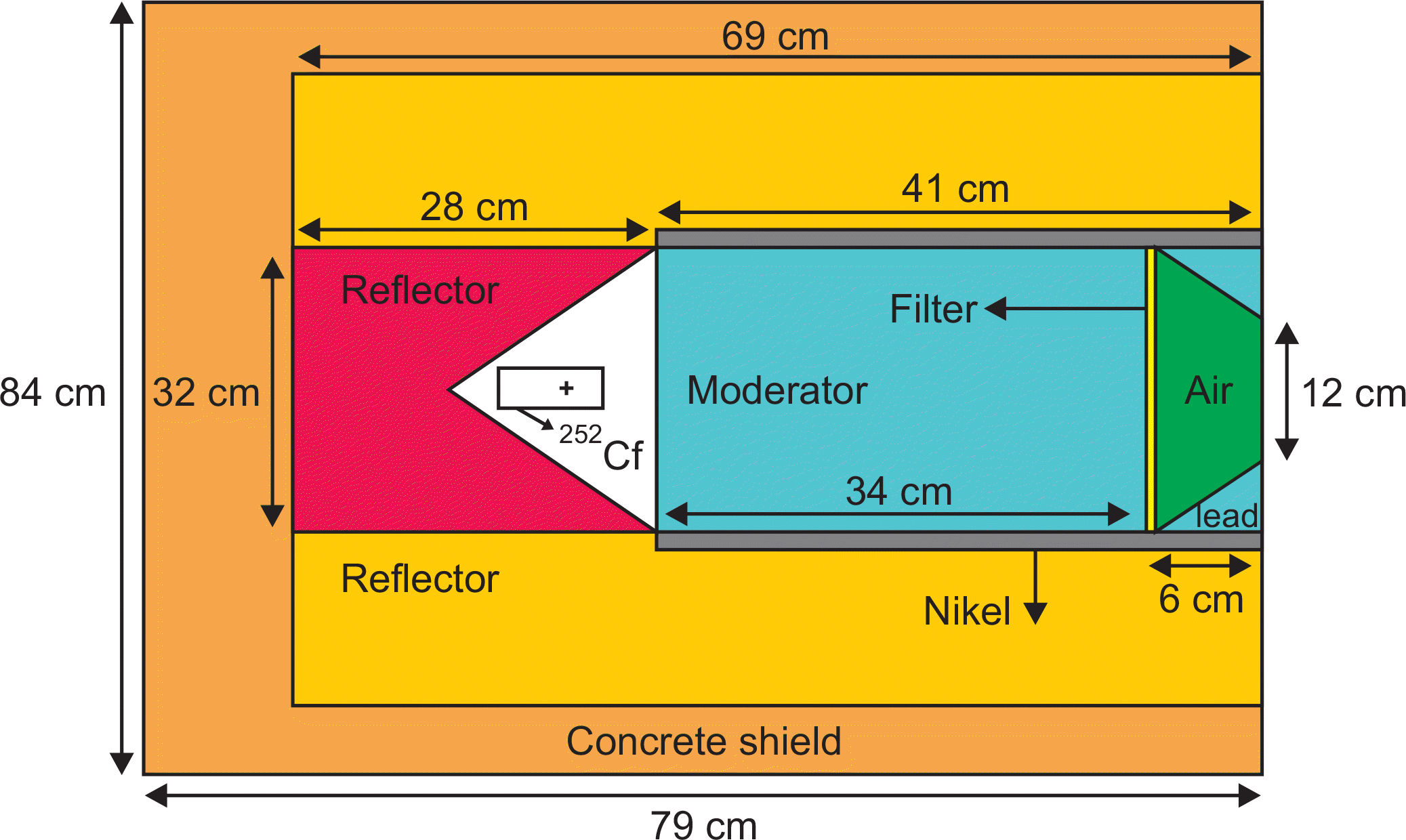
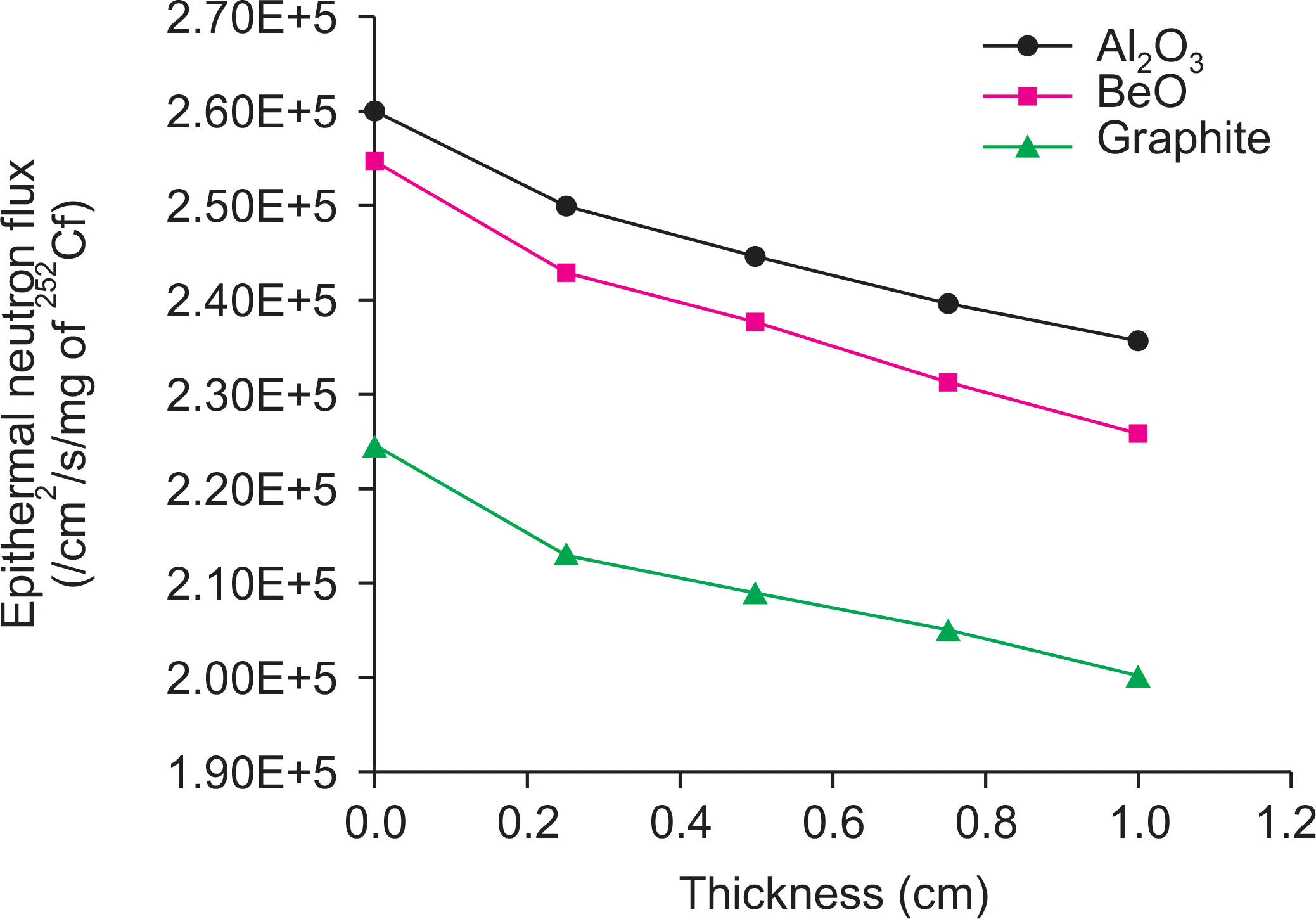
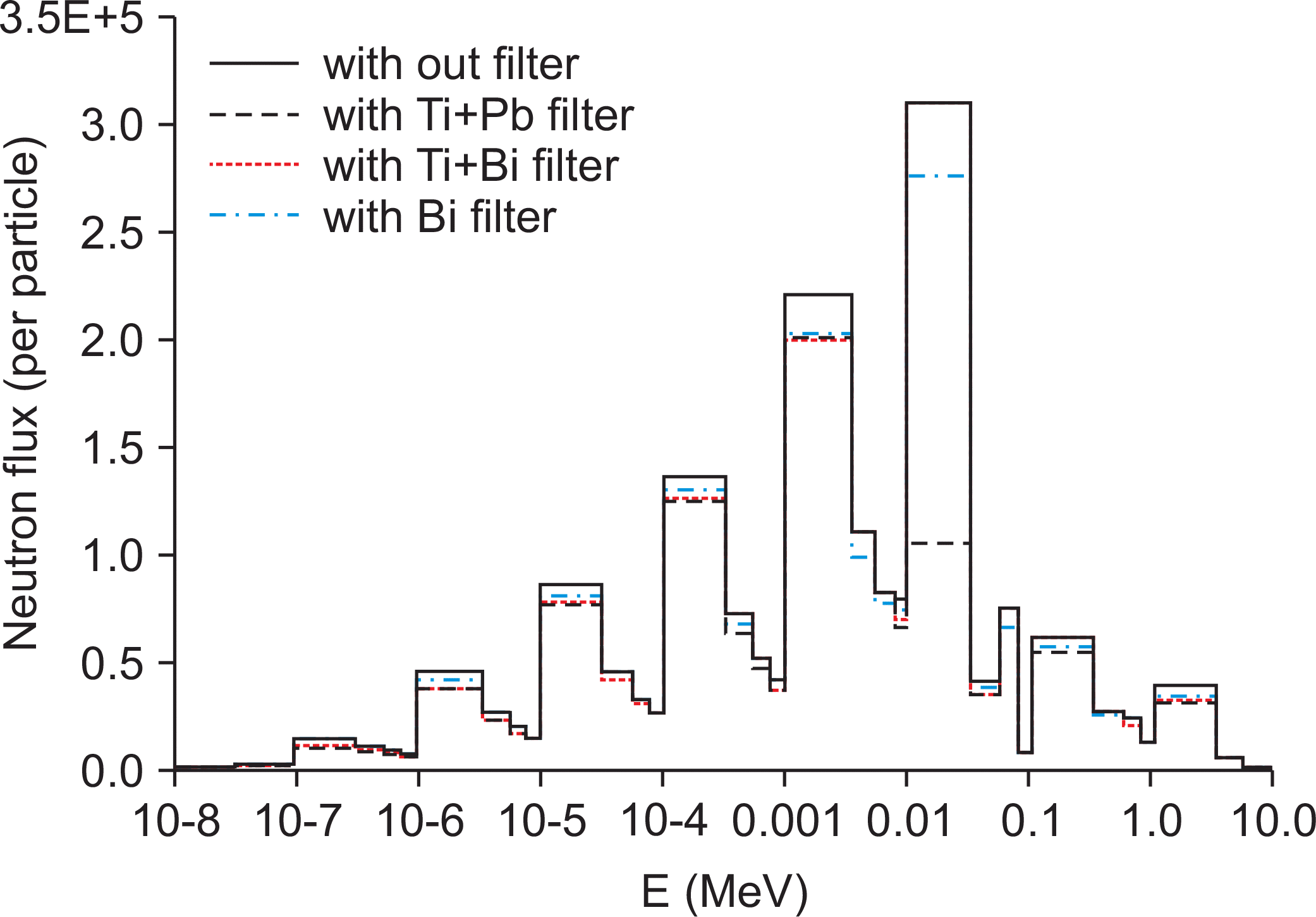
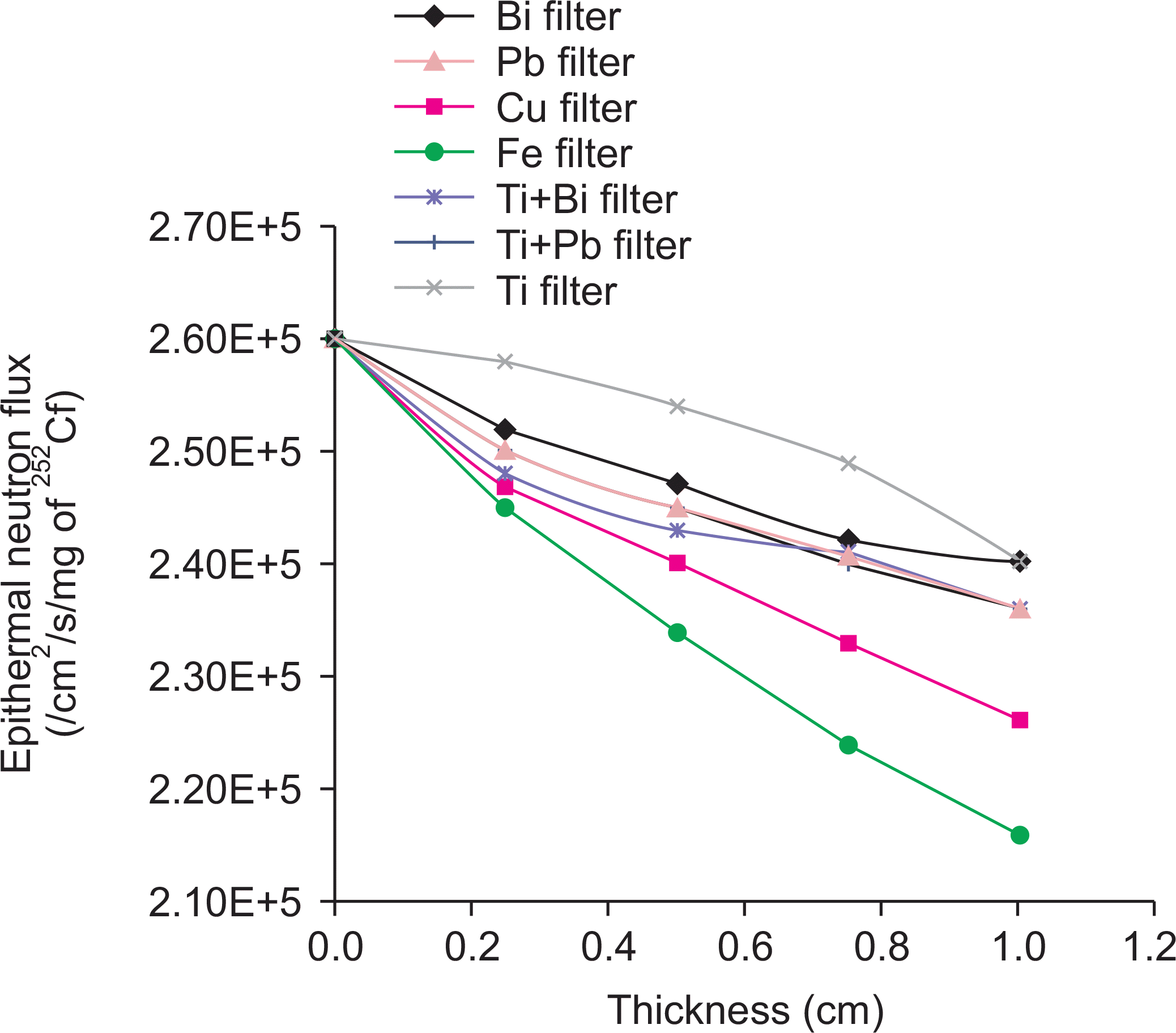
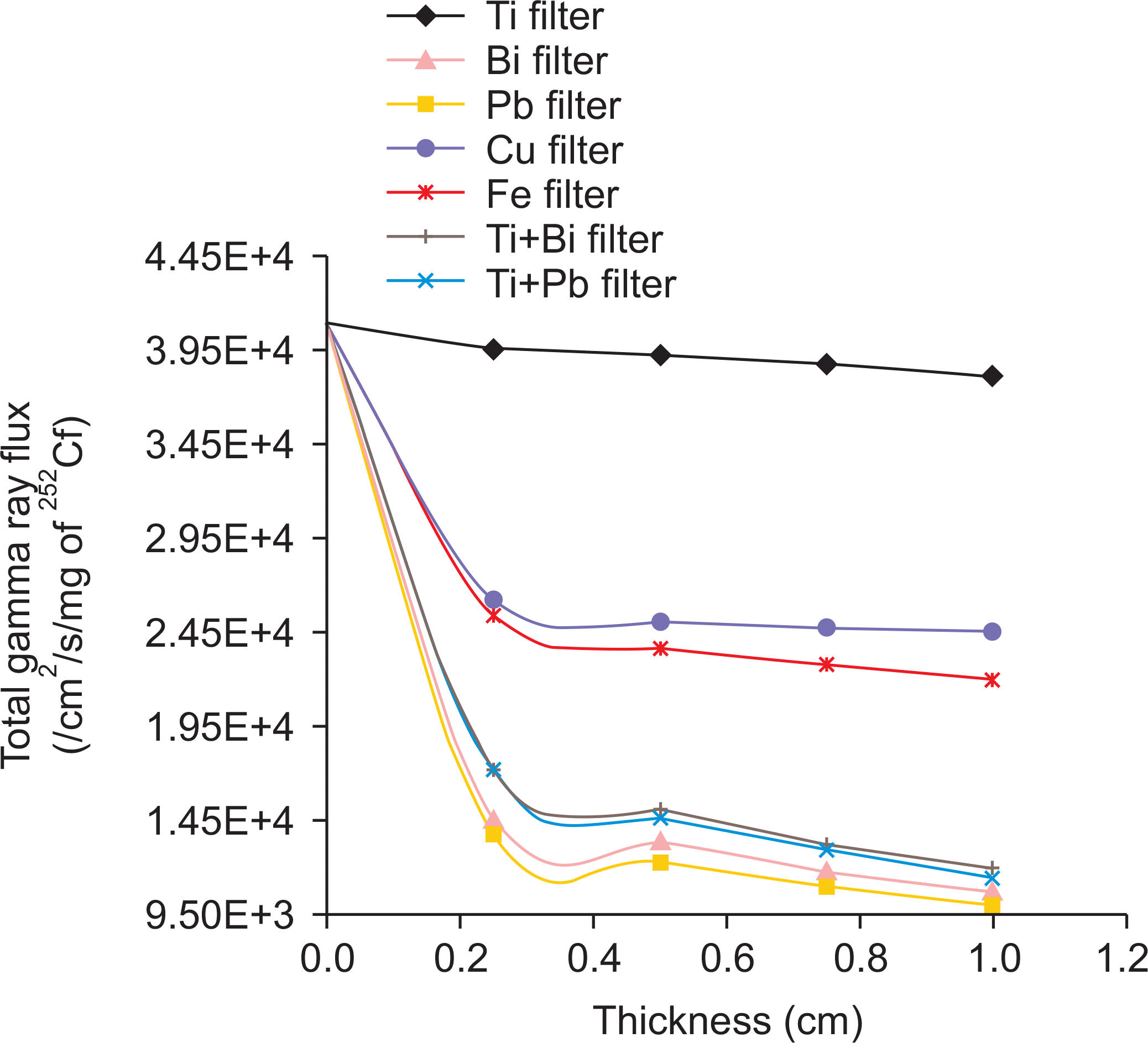
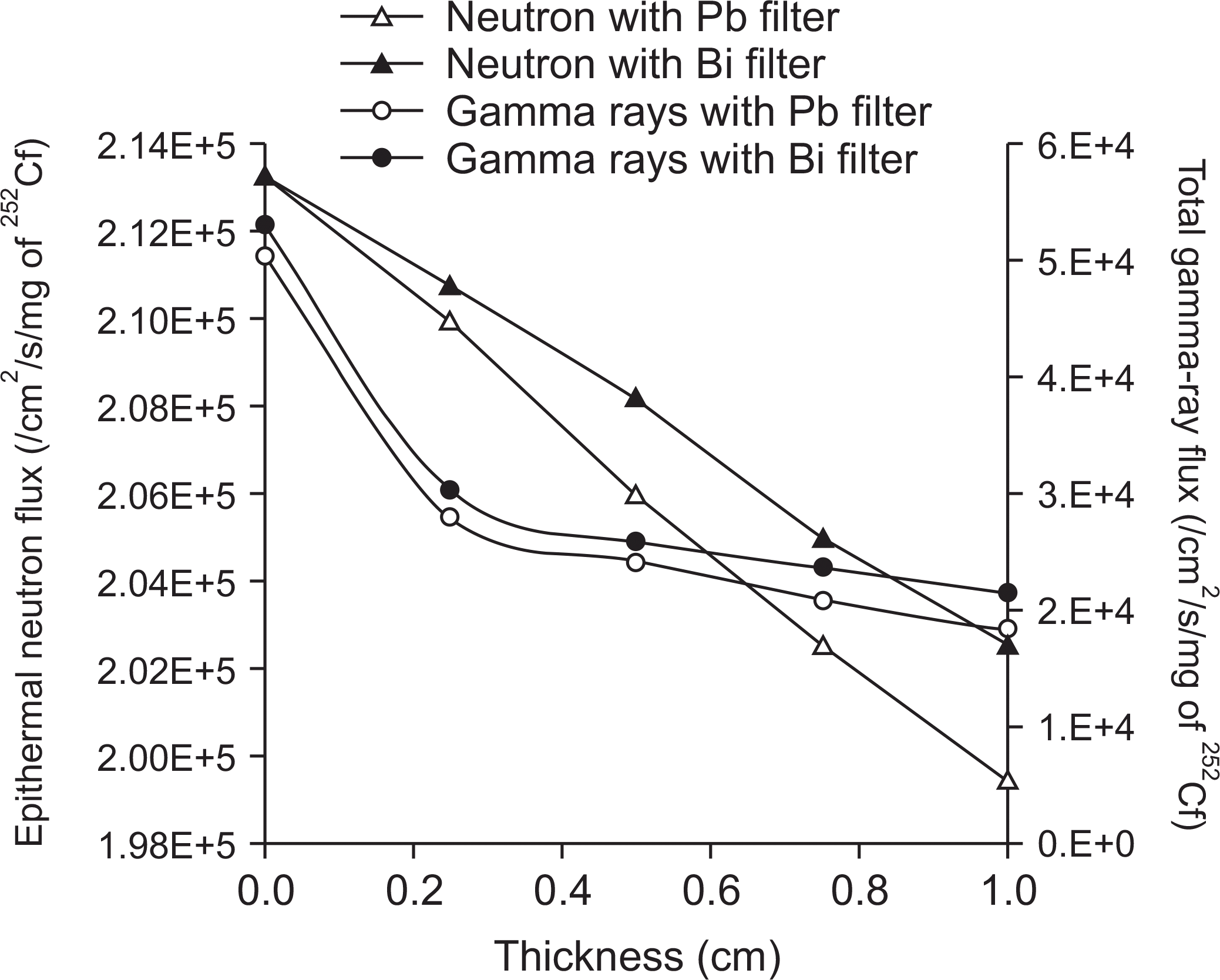
 XML Download
XML Download